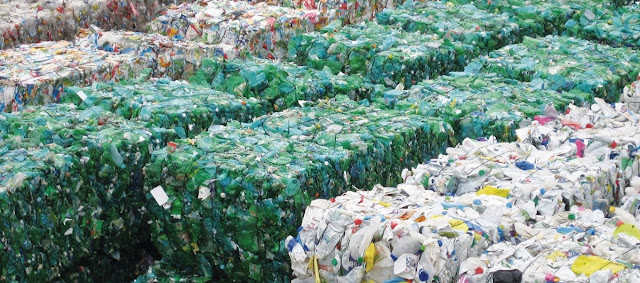Nutrient Recycling Market Is Estimated To Witness High Growth Owing To Increased Demand For Sustainable Nutrient Management Solutions
Nutrient Recycling Market
The Nutrient Recycling Market is estimated to be valued at US$ 4.98 Billion in 2023 and is expected to exhibit a CAGR Of 5.9% over the forecast period 2023 To 2030, as highlighted in a new report published by Coherent Market Insights.
Market Overview:
Nutrient recycling involves processes that recover nutrients like nitrogen and
phosphorus from waste streams and convert them into recycled products such as
organic fertilizers, fertilizer substitutes, and soil conditioners. These
recovered nutrients are then reused in fertilizer and agricultural
applications. Nutrient recycling helps reduce the use of virgin resources for
fertilizer production while sustainably meeting the nutrient demands of
agricultural sectors.
Market key trends:
One of the major market trends driving the growth of nutrient recycling market
is the rising demand for organic and sustainable agriculture. There is an
increasing preference among farmers and consumers for organic food produced
using natural and sustainable nutrient management practices. Nutrient recycling
helps meet this demand by providing organic fertilizers produced from waste
streams thus eliminating the need for chemical fertilizers. As consumer awareness
on sustainability issues increases globally, the demand for products from
nutrient recycling is also expected to grow substantially over the forecast
period.
Porter’s Analysis
Threat of new entrants: Low capital requirement and availability of raw materials
pose low threat of new entrants. However, established players have economies of
scale and brand recognition.
Bargaining power of buyers: Buyers have high bargaining power given the
availability of substitutes. Buyers can negotiate on price and demand better
service quality.
Bargaining power of suppliers: Suppliers have moderate bargaining power due to
availability of alternatives. However, core raw material suppliers have some
control over pricing.
Threat of new substitutes: Threat of substitutes is moderate as nutrient
recycling has environmental benefits over landfilling and incineration.
Competitive rivalry: Intense due to presence of global and regional players.
SWOT Analysis
Strengths: Environment-friendly technology, generates revenue from waste, helps
in meeting sustainability goals.
Weaknesses: High setup and maintenance costs, dependence on waste streams,
regulatory uncertainties.
Opportunities: Growing organic waste volumes, policies promoting circular
economy, potential in emerging markets.
Threats: Fluctuations in waste quantities, technology disruptions, compliance
issues.
Key Takeaways
The global Nutrient Recycling Market is expected
to witness high growth, exhibiting CAGR of 5.9% over the forecast period, due
to increasing awareness about sustainability and waste reduction. The US market
dominated the North America regional market in 2023 owing to stringent
regulations regarding landfill disposal and incineration.
Regional analysis - The Asia Pacific region is expected to witness the fastest
growth during the forecast period due increased waste generation, urbanization
and focus on circular economy in countries such as China, India and Japan.
Key players - Key players operating in the nutrient recycling market include
Ostara Nutrient Recovery Technologies Inc., Nutrient Recovery & Upcycling
LLC, Cambi AS, AgriProtein Holdings Ltd., Anuvia Plant Nutrients, Ostrevent,
Veolia, BioHiTech Global Inc., DVO, Inc., AgriReNew, Inc., Smithfield Foods,
Inc., Aqua Green, Elemental Enzymes, Suez, Bioprocess Control.




Comments
Post a Comment